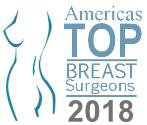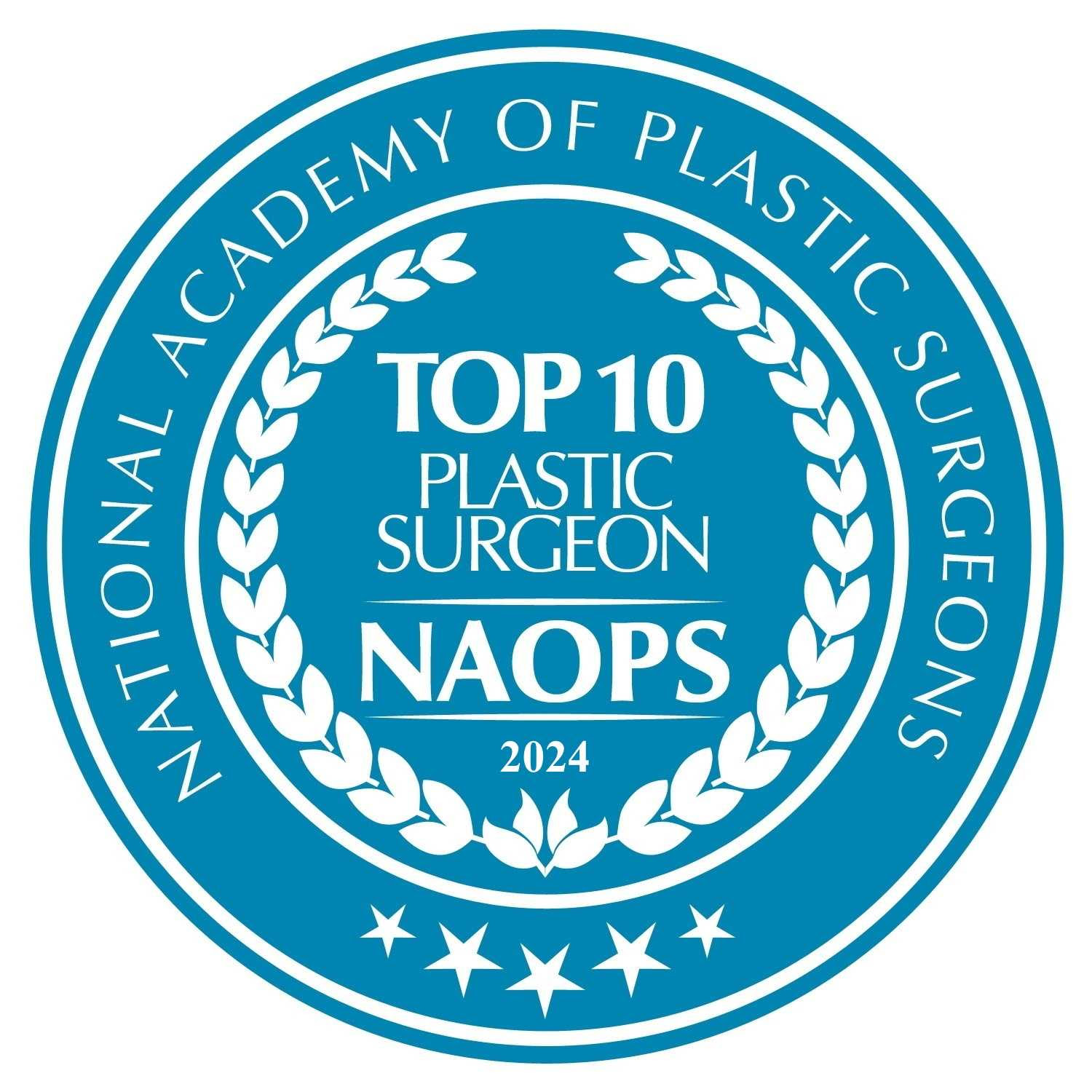Upper Arm Lift
Weight loss, age, and hereditary factors may cause unexpected changes in the way you look. One area where this change may appear is in the upper arm area. You can exercise and develop the muscles in your arm, but you may not be able to get rid of the extra skin under your arm between your armpit and your elbow. If you feel like your underarm area is saggy and droopy, you may need to address the weak tissues and fat deposits that have formed under your arms.
The benefits of having an upper arm lift are concrete and easily visible. If you are over 18 and are a stable weight and exercises routinely, you are an excellent candidate for an upper arm lift if you still have a jiggly underarm area. The downside to having an underarm lift is that you will have a scar. But the scar will not be large and will be in an area that is not that noticeable.

Are You a Good Candidate for a Brachioplasty?
If you meet these characteristics, you are a good candidate for an arm lift. Some of the qualifications of an excellent upper arm candidate are:
• Healthy adult individuals with lax underarm skin.
• Adults who are not overweight and have a relatively consistent weight.
• Non-smokers.
• People who are healthy enough to have surgery.
• People with realistic expectations and a positive outlook on life.
What Happens During an Arm Lift?
The Process of an Upper Arm Lift
The first thing to do is to contact Dr. Leonard at his office or online at https://docs.google.com/document/d/1wgCydIMlKfTIypV16K2e6Zr2TZJGbGO53seq8ezx50w/edituspsharing
https://leonardplasticsurgery.com/projectarm-lift%20.
His friendly office staff will set up a time for your consultation.
What Happens During an Arm Lift Consultation?
You will need to be ready for to discuss your goals for your underarm surgery. Also, the office and doctor will need to have:
• A record of your medical history.
• A list of any drug allergies or other allergies you may have.
• Information on any health issues you may have
• A list of current medicines, herbs, and supplements you take.
• A list of previous surgeries.
• Information on drug, alcohol and tobacco use. Be honest.
Some of the parts of the consultation you’ll want to know about include:
• A discussion of risk factors when having the surgery.
• An evaluation of your present health.
• A discussion of your options and the possible procedure you may have.
• A discussion regarding the outcome of your arm lifts surgery.
• Photographs may be taken of your under arm area.
Dr. Leonard can answer any questions you may have. Be sure you answer all of his questions honestly. Now is not a time to omit medications or by shy about the reasons you’d like the surgery.
Preparing for Upper Arm Lift Surgery
Once you’ve decided to have an upper arm lift done, you will need to have a health work up, and some tests run. You will receive a complete set of instructions from Dr. Leonard on what to do just before your surgery. Follow the instructions exactly for the best surgical experience and results. If you are getting a pain prescription or other medicines, be sure to get these filled before the surgery if possible. Have someone with you on the day of the surgery to help you understand instructions given and to drive you home from your procedure.
You may need to do a few things before surgery such as:
• Have lab work done.
• Change your medications just before surgery.
• Quit smoking.
• Avoid taking anti-inflammatory drugs or aspirin, as well as some other medications or supplements that may increase bleeding or cause other surgical issues.
• Find someone to go with you to the surgical appointment and take you home. This individual may need to stay with you overnight or for a day or so as your body gets the anesthesia out of its system.
Upper Arm Lift Surgery Process
Arrive at the surgical center at a time determined by your doctor. Answer any questions they may ask you honestly.
The first step to your surgery will be the administering of anesthesia. Anesthesia may be given through general anesthesia or intravenously, depending upon which choice your doctor approves for your situation.
Once you are anesthetized, incisions will be made under your upper arm. You may have tissue surgically removed or have liposuction performed or both, depending on the results you desire and your doctors good recommendation. The incision may go from the back of your upper arm around the armpit to your elbow. Or you may have a more limited procedure where the incision is only in your underarm area. The underlying tissue may be reshaped or tightened using internal sutures. Next, the amount of skin under your arms may be reduced, the skin will be smoothed, and incisions will be made. Your incisions will be made with a combination of absorbable sutures or removable stitches. These stitches will be removed in about two weeks after the surgery.
Risks of Upper Arm Lift Surgery
There are risks with any surgery. You will be informed about the risks of your specific arm lift procedure, and what to look for in an arm lift that is properly healing. Some of the risks involved in having upper arm lift surgery are:
• Risks from anesthesia.
• Bleeding.
• Infection.
• More scarring than expected.
• Excess fluid accumulation.
• Damage to the nerves, blood vessels, skin, or muscles.
• Changes in the way the skin feels, such as numbness.
• Persistent pain that lasts longer than expected.
• Sutures that don’t absorb as expected.
• Revision surgery may be needed.
These risks will be discussed before you have surgery. Be sure to ask any questions you have before the procedure. Also, if you have worries or concerns, or become anxious before surgery, please let the doctor know.
After Surgery
After your arm lift, you will notice that you have elastic bandages around your upper arms. You will also have drain tubes in them to promote healing. You and the person that comes with you to surgery will be given instructions on how to care for your surgical sites. You will be given pain medications and will make a follow-up appointment.
Please go home, rest, and keep your arms elevated. Don’t lift anything until Dr. Leonard gives you permission to do so. Also, your physical activity may be limited temporarily, though you will be encouraged to walk to keep up your strength.
Your incisions will heal in around two weeks. Stitches will be removed at that time. You may notice an improvement in the way your arms look even at that early stage of healing, though you may still have a bit of bruising. You will continue to heal over the next three months. Stay out of the sun while the incision area heals to prevent severe scarring. Dr. Leonard will give you specific instructions on what you may and may not do. If you have any questions about activities in which you may participate, call Dr. Leonard’s office for more information. Not following his instructions can prevent damage to the surgical areas.
All of your efforts will be worth the results in the long run. In a few weeks, you will have lovely new arms with no extra fat. Enjoy your new look as well as wearing sleeveless shirts and dresses.
Contact Leonard Plastic Surgery
Leonard Plastic Surgery
Water Place │ 500 Liberty Street S.E., Suite 400 │ Salem, OR 97301
(503) 391-2760 │leonardplasticsurgery@gmail.com





